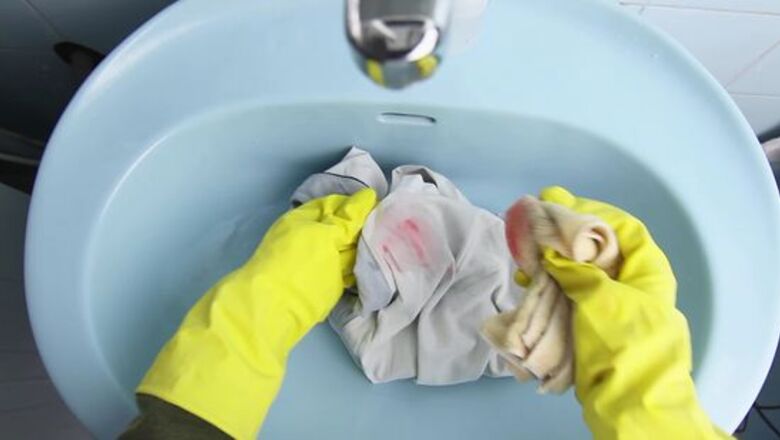
views
Removing Fresh Blood
Rinse the garment under cold water. This is the easiest way to get rid of fresh blood, and it works well if you can catch it right away. If your stain is in a carpet, mattress, or heavy furniture that cannot be soaked, use a clean cloth or sponge to blot the stain. Don't use hot water - this could cause the blood to set in the fabric.
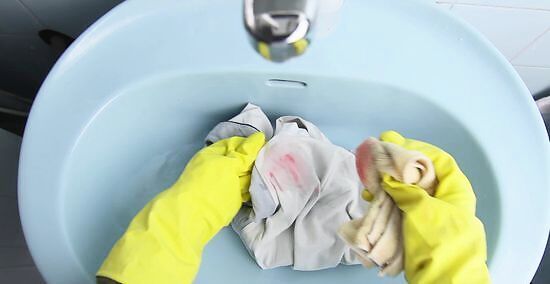
Try hydrogen peroxide next. This works with wet and dry blood, depending on the fabric. Before deciding to use hydrogen peroxide, note that it may bleach or weaken certain fabrics, and can cause stains itself. So use it cautiously and make sure to pretest the hydrogen peroxide on a small, inconspicuous spot on the stained item. Hydrogen peroxide can safely and effectively remove blood stains from porous surfaces like concrete. Pour hydrogen peroxide on the stain. Dilute the hydrogen peroxide with 50% water if you are treating delicate fabrics. Take care not to let the foam spread outside the original stain area. Replenish the hydrogen peroxide several times, as the chemical action slows and the foam becomes stable. Wipe away the foam using a cloth and pour on a bit of hydrogen peroxide again until the stain is gone or extremely faint. Wash the stained item with cold water and normally used soap or detergent. You can also soak the entire garment in a bowl of hydrogen peroxide. Let it sit for 15 to 20 minutes. Remove the stained clothing from the hydrogen peroxide and rinse it out in cold water.
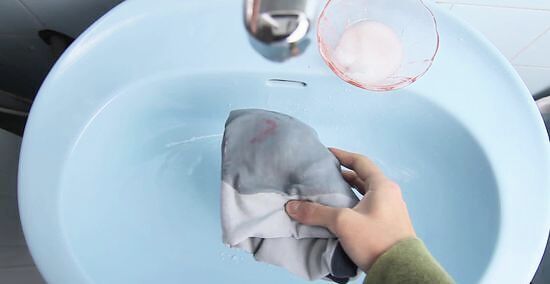
Use salt and water for delicate fabrics. Act quickly - the faster you can treat the stain with salt and water paste, the less time is has to set into the fibers. Using a paste of salt and water is a great way to get rid of blood stains from items that cannot be put in the wash like mattresses. Rinse the stain under lots of cold water. If you have access to running water, put the stain under the tap and let the cold water run through it. You will be able to wash away a lot of the blood this way. If your stain is on a carpet or a piece of heavy furniture, mix some ice and water into a bowl or bucket and take it to your stained area and blot the stain with a dish towel or a sponge. Rub the fabric together under the water if possible to release more of the remaining stain. If you are able to treat the stain within 10 to 15 minutes of it happening, you may be able to wash it out completely. However, if you still see signs of the blood, get some salt. Mix a little water with salt to create a paste. You want to saturate the stain with salt, so the amount of paste you will need depends on the size of your stain. Rub the salt and water paste onto the stained area. The abrasiveness of the salt granules and their dehydrating properties will loosen the remaining blood stain and draw it out of the fibers. Rinse the salt away with more cold water. Check if the stain is gone. When the stain is gone or you can't wash away any more of it, put the fabric into a normal wash cycle with laundry detergent. If the stained item cannot be put in the wash, use as much cold water as needed to rinse away the blood and salt.
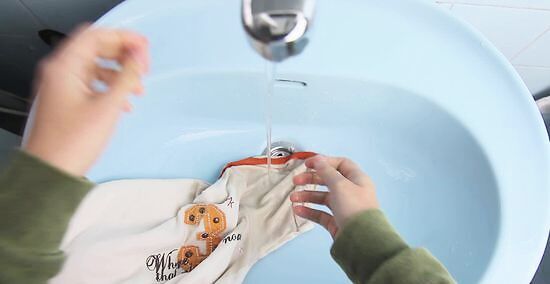
Try soap if you're using a public bathroom to clean the stain. Sometimes you don't have hydrogen peroxide or salt on hand. This method is similar to the salt method, but instead of salt, you rub soap or shampoo directly into the stain. If you are using this method on carpets, mattresses or furniture it's important not to use too much soap, since it's difficult to wash it out. Soak the stained area in cold water. Rub a generous amount of soap or shampoo right onto the stain. Scrub the area hard between your fists, with your palms facing each other. Work up a good lather. Add more water if needed. Rinse in cold water and repeat until the stain and the lather are gone. Do not use hot water. Hot water makes the stain set in.
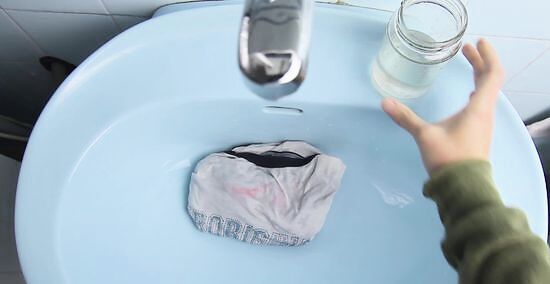
Try ammonia for tough stains. Mix 1 tablespoon (14.8 ml) of ammonia with 1/2 cup of cold water and pour it on more stubborn stains. When the stain is gone, rinse with more cold water. Avoid using ammonia on linen, silk or wool.
Removing Dry Blood

Use toothpaste on clothes and linens. This method is best used on fabrics that can be washed in a washing machine or thoroughly washed by hand. If you use this method on carpets, rugs or furniture, you run the risk of the smell of the toothpaste permanently permeating into the fabric. Apply toothpaste on the blood-stained area. Let the toothpaste dry. Rinse the toothpaste away with cold water. Wash the stained area with soap and rinse thoroughly with cold water. Repeat if necessary.

Try using meat tenderizer on sturdy fabrics. Both blood and meat are organic material that can be broken down by the action of enzymes: proteases, celluloses and lipase. Commercially-made unseasoned meat tenderizers can be effective when applied liberally to dry blood stains. Dishwasher powder or capsules usually contain these enzymes as well. This method is best used to clean sturdy fabric like jeans jeans, but not delicate fabrics. Avoid enzymes on linen, silk or wool. These products break down proteins and could damage the silk, linen and wool fabric which are made of proteins. Fill a small bowl with 1 cup of cold water. Drape the bloody region of the fabric into the shallow water. Sprinkle 1 tablespoon (14.8 ml) of the enzyme product directly onto the wet stain. Leave for as long as 1 day. Every few hours, massage the paste into the stain. Wash the garment as you normally would.
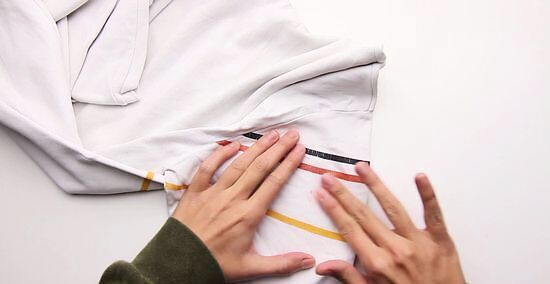
Use saliva to clean delicate fabrics. Using saliva can be an effective way to remove blood stains, because the enzymes in saliva that help digest food also break down the proteins in blood, and it's those proteins that make blood so difficult to clean. Note that this method is best used on small stains. Gather some spit in your mouth. Spit on the blood-stained area. Rub the stains out. Soak the fabric in cold water.
Removing Stains from Specific Surfaces
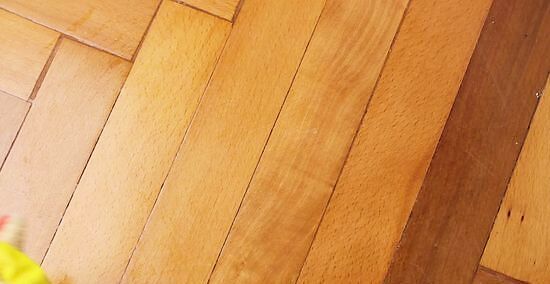
Remove blood from hardwood floors. Hardwood finishes like wax, urethane, and polyurethane protect the hardwood floor from moisture, wear and most stains. In most cases the blood can be wiped away with a rag and either water or a common household cleaner.
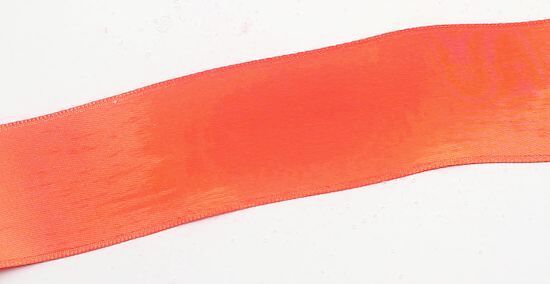
Remove blood from satin sheets. Satin is a delicate fabric and should be handled with care. Using gentle removal agents like salt and cold water will often do the trick, especially if the blood is still fresh.
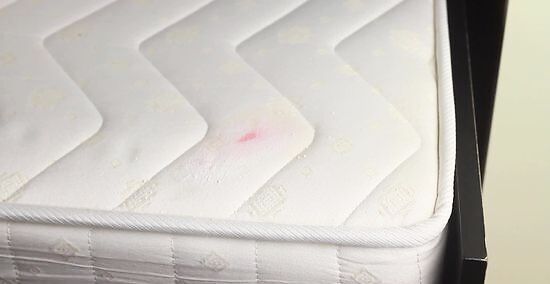
Remove blood stains from a mattress. Mattresses cannot be put in the wash, so make sure to keep whatever cleaning solution you use to a minimum. Using a paste is a great way to get rid of the blood stain, since you don't want too much moisture to be absorbed by your mattress.
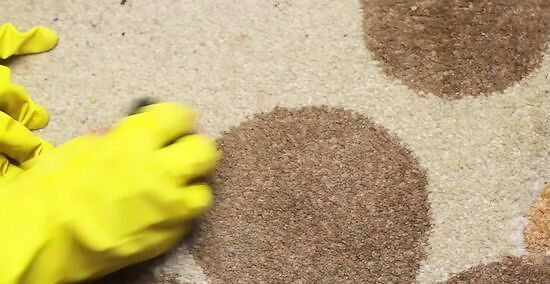
Remove blood stains from carpet. There are several methods to use to remove blood stains from a carpet. It is recommended that you use the "gentlest" method (Water Method) first and then proceed with the "stronger" removal methods for stubborn blood stains.
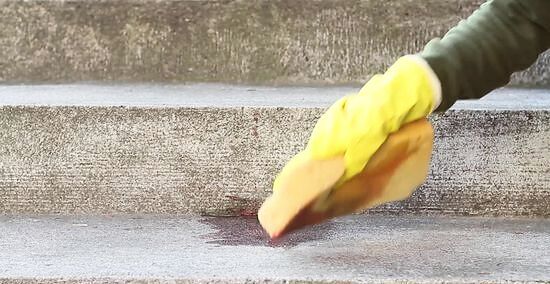
Remove blood stains from concrete. Concrete is porous so blood would tend to get deeper into it, making it harder to remove. Special treatment like the chemical method is the effective way to remove blood stains from concrete.

Remove blood stains from jeans. Cold water treatment is an effective way to remove fresh blood stains from jeans, while dried blood stains can be removed by using common household products like salt, ammonia and baking soda.
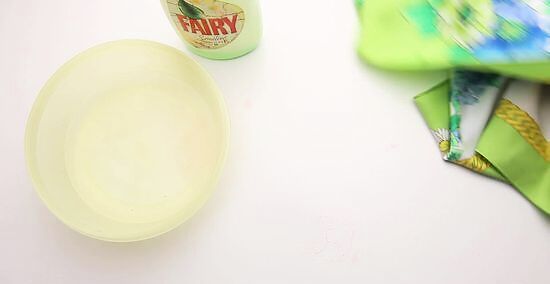
Remove blood stains from silk fabric. Use only the gentlest removal agents like salt, saliva and dish washing soap when trying to remove blood stains from washable silk. Avoid using ammonia or chemical cleaners, which could damage the fabric.










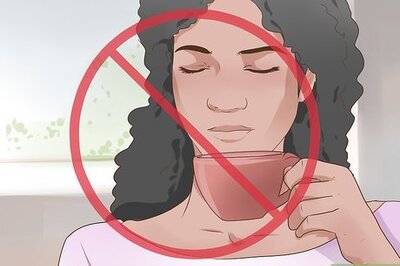



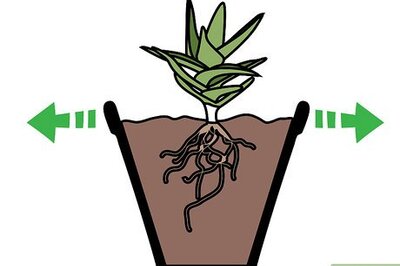




Comments
0 comment